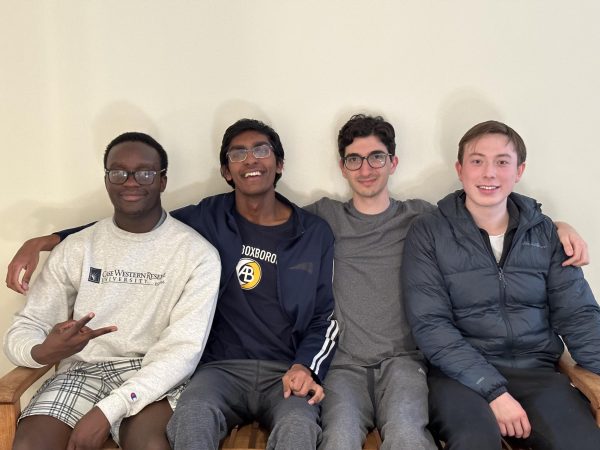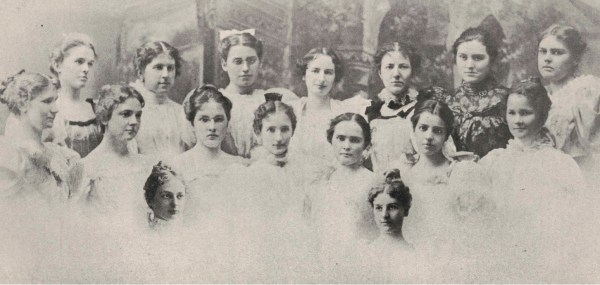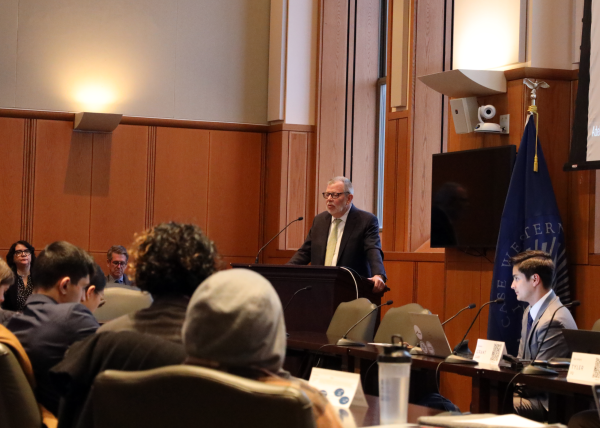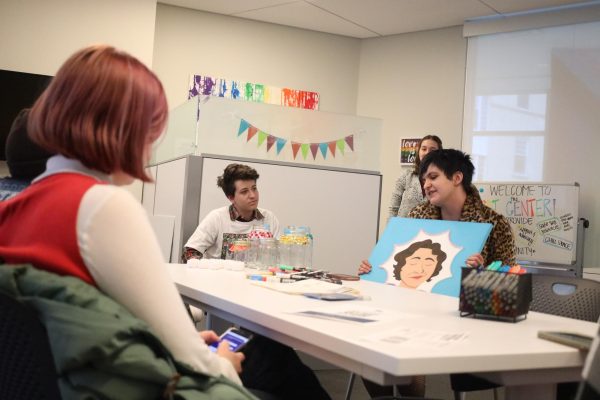Researcher finds that boys and girls react differently to witnessing intimate partner violence
January 16, 2015
Dr. Megan Holmes’ poise is confident and warm, like that of someone to approach for support. Her demeanor comes as no surprise. Holmes’ challenging work at a domestic violence shelter during graduate school helped her to foster this disposition. It was the children she met there, who had witnessed intimate partner violence (IPV), who eventually became the subject of her research.
Holmes was recently the lead investigator of a study that found that boys and girls react differently to IPV. Boys tend to become aggressive in social interactions, while girls struggle with social skills. While boys’ aggression may be maladaptive toward developing social skills, girls are worse off both academically and socially.
The study involved information on 1,125 children from the federal National Survey of Child and Adolescent Well-Being. The survey questioned all parties involved with a child who had been referred to a state Child Protective Services agency. The data was collected over a number of years.
The researchers then used the data to see how observations of a child’s behavior changed over time. Using this information, they found that effects were most apparent at two pivotal points: from three to four years old in preschool and from five to seven years old in kindergarten.
For the preschool group, the study found that 14 percent of children displayed aggressive behavior, and 46 percent showed fewer social skills. For the kindergarten group, the amount of aggression increased to 18 percent, but the amount of children with poor social skills fell to 36 percent.
What really intrigued Holmes was when the genders were looked at separately. Boys were more likely to display aggression, while girls, who started off with poor social skills in preschool, did not improve in kindergarten.
The researchers knew from past work that different genders respond differently to different types of violence. Here, there was a clear indication that boys and girls who had witnessed IPV were reacting differently.
These types of findings attracted Holmes to her current line of work. While at an intership in college at a residential treatment program for children who had been abused and neglected, she realized that she wanted to focus her career on kids. It was in graduate school, however, while working at a domestic shelter, that Holmes became interested in children who had been exposed to IPV.
“To me, it felt like this was a hidden population that didn’t get a lot of attention,” she said. “There’s a big focus on children who have been mistreated, but those that have been exposed to domestic violence has been very quietly talked about.”
Her curiosity was sparked, and she began her work into witnessing how IPV affects children.
“I knew I wanted to work with people and make a difference early on,” she said.
























